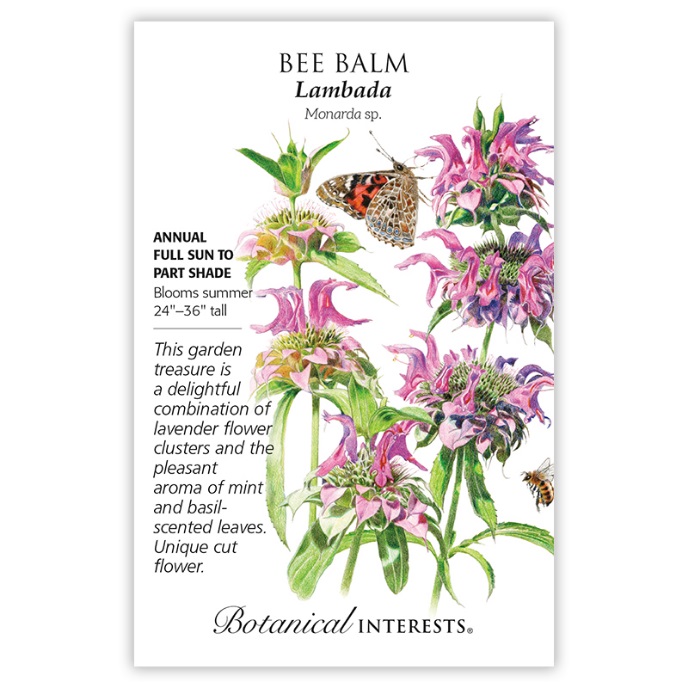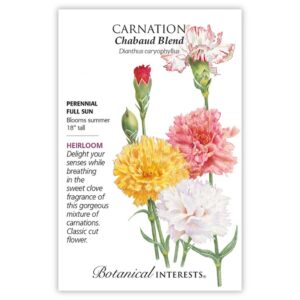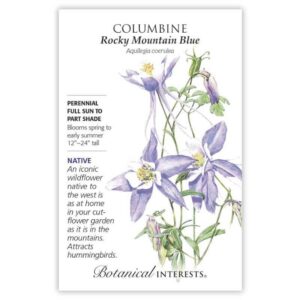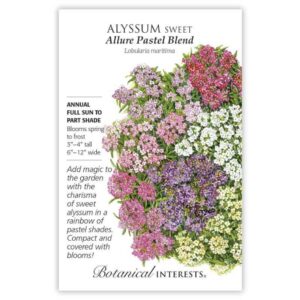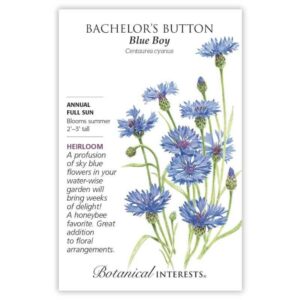Description
Bee Balm 'Lambada' is a beautiful and hardy annual that attracts butterflies, hummingbirds, and bees to the garden with its unique lavender-pink flower clusters. Known for its lemon-mint-oregano flavor, the edible petals can be used in savory dishes, baked into bread, or steeped into tea. This variety is more tolerant to dry soil conditions than other bee balms and blooms quickly for a stunning display of summer and fall color. The flowers, ranging from 2″ to 2½” whorls, make lovely additions to cut flower arrangements and wildflower gardens. As a tender perennial, it may not reliably overwinter, so it is best grown as an annual for vibrant beauty each season.
This packet has 80 seeds.
Variety Info:
Botanical Name: Monarda sp.
Family: Lamiaceae
Native: Unknown
Hardiness: Annual
Plant Dimensions: 24″–36″, 8″–12″ wide; wider if perennial in following years.
Variety Information: Lavender flowers in 2″–2 ½” whorls; individual flowers up to 1″
Exposure: Full sun to part shade
Bloom Period: Summer
Attributes: Attracts Pollinators, Cut Flower, Deer Resistant
Sowing Info:
When to Sow Outside: 2 to 4 weeks before your average last frost date.
When to Start Inside: RECOMMENDED. 8 to 10 weeks before your average last frost date.
Days to Emerge: 14–21 days
Seed Depth: Surface to 1/16″
Seed Spacing: A group of 5 seeds every 12″
Thinning: When 1″ tall, thin to 1 every 12″
